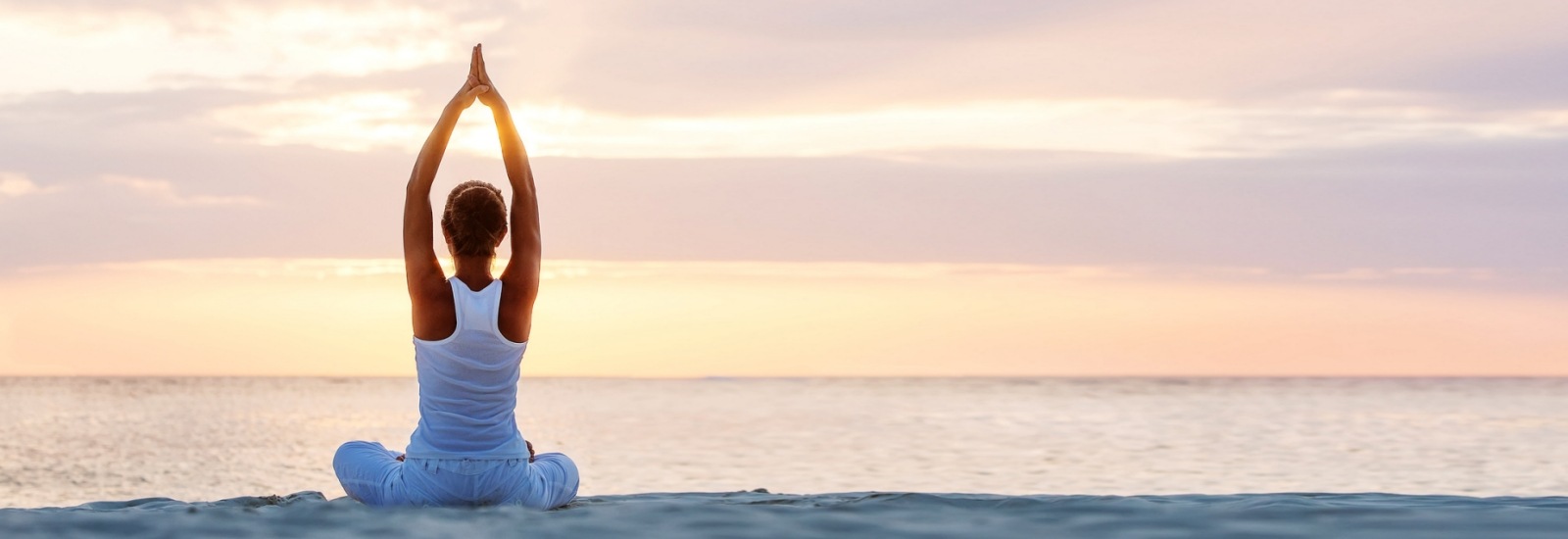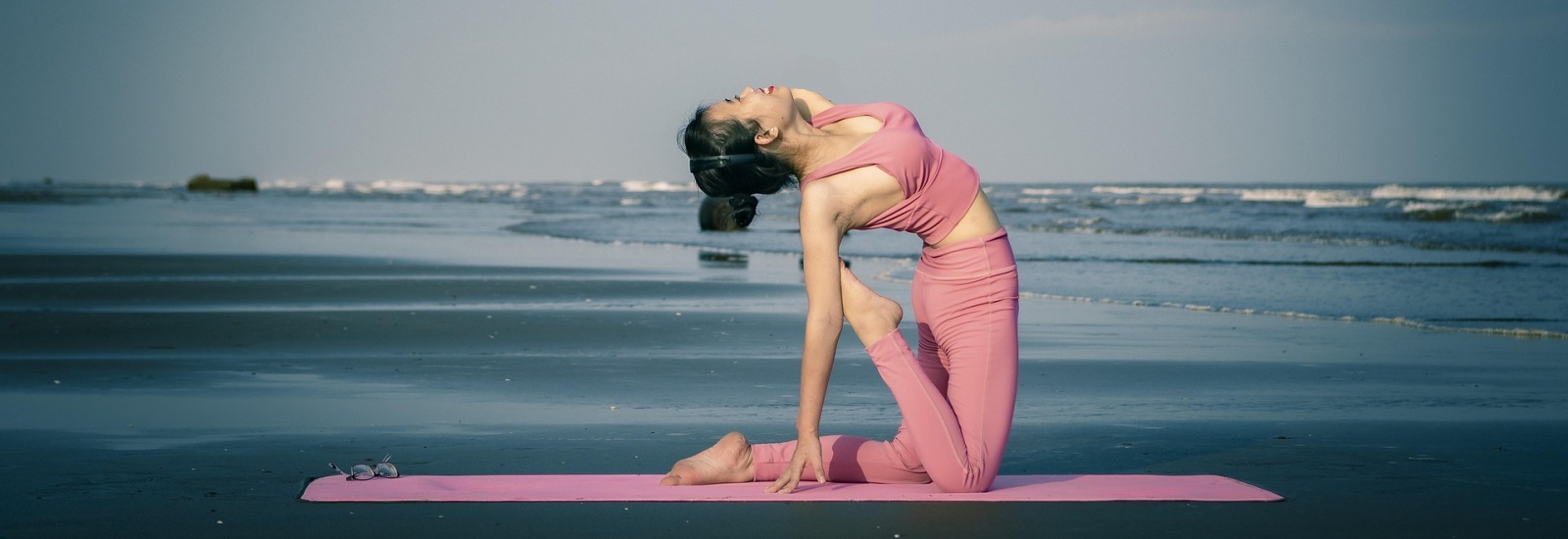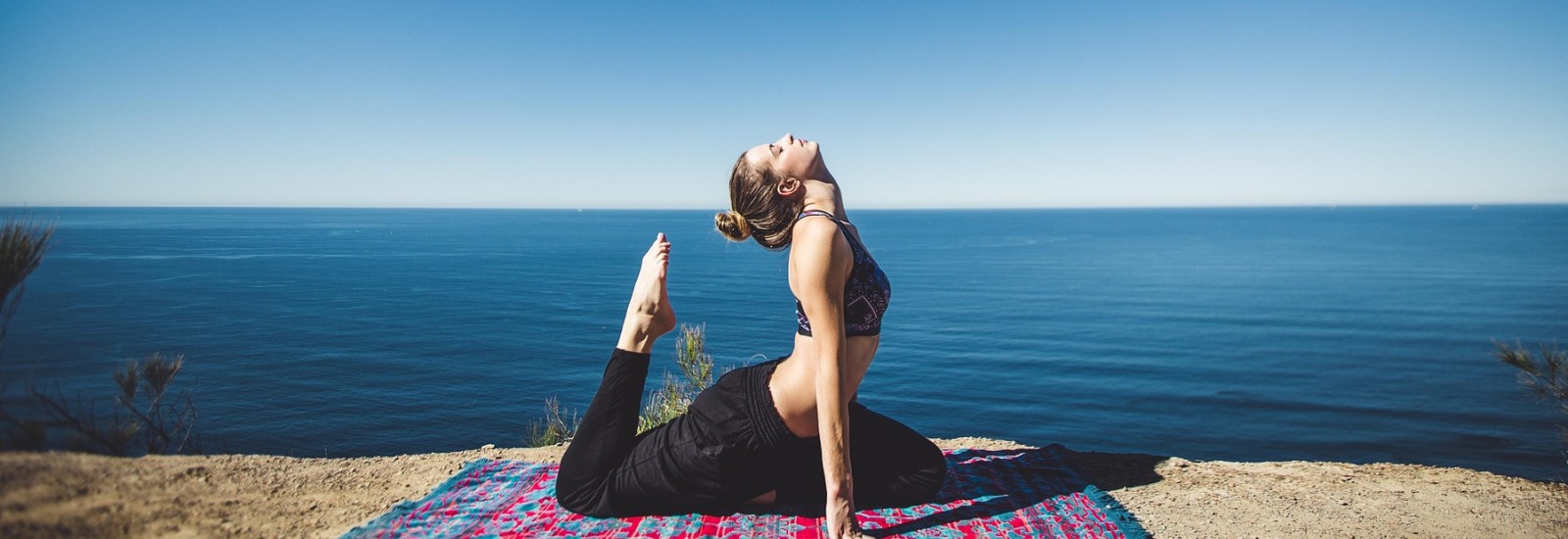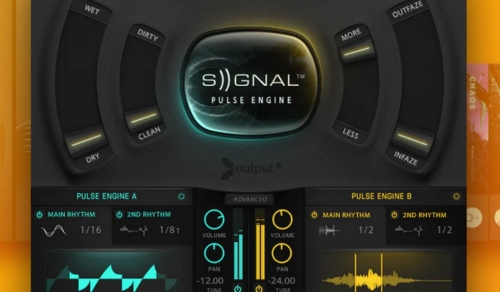12 Royalty-Free Background Songs for Yoga Videos (and How to Use Them Legally)

Why Does Music Matter So Much in Yoga Videos?
In yoga, music isn’t just a backdrop. Choosing the right track can make a big difference—it sets the tone, helps regulate breathing, and deepens your focus on the present moment.
And of course, if you're creating content—whether for YouTube, Instagram, TikTok, or an online course platform—the background music you choose can make your video feel immersive... or not.
The challenge is that you can’t just use any track you like. Without the proper rights, you risk having your video blocked, losing monetization, or even receiving a copyright claim that could jeopardize your channel or profile.
Luckily, there are safe, legal, and high-quality alternatives out there. In this article, I’ll share 12 royalty-free songs that are ideal for yoga videos. I’ll also explain how to use them properly and what mistakes to avoid, so you can focus on what matters: creating relaxing, authentic content—without the headaches.
Music and Yoga: More Than Just Background Noise
Yoga isn’t just about moving your body. It’s also about breathing, staying focused, and being present. It’s a way to connect with yourself on every level. And in that process, music can support you far more than you might expect.
But it has to be the right music. Not all tracks work. If there’s too much percussion, lyrics, or abrupt changes, it can pull you out of your calm state.
On the other hand, when thoughtfully chosen, music can:
• Set the rhythm of the practice, helping to maintain a smooth flow between poses.
• Promote relaxation, reduce stress, and slow the heart rate.
• Enhance focus by masking distracting background noise.
• Support the session’s intention —whether to energize, relax, or simply pause.
What Kind of Music Works Best for Yoga?

It really depends on the type of yoga you’re practicing and who the content is for.
Here are some tried-and-true options:
• Hatha or Yin Yoga: Calm music, a relaxed vibe, natural sounds, or gentle instruments.
• Vinyasa Flow: Tracks with a steady, smooth rhythm that match the movements without sharp transitions.
• Yoga Nidra or Guided Meditations: Extremely subtle, almost imperceptible sounds that help you fully let go.
• Power Yoga: A bit more energy is fine here—but still no vocals or distracting lyrics.
What If the Video Is for Kids, Pregnant People, or Seniors?
In these cases, you’ll need to be extra thoughtful. It’s not just about picking something soft and mellow. These audiences tend to be more sensitive to certain sounds, so your music should support the experience without overwhelming it.
• For kids, the ideal music is cheerful but not overly stimulating. Go for simple, repetitive melodies with an easy rhythm that encourages movement without speeding them up. They often enjoy nature sounds (like birds or water) and soft instruments such as flutes, xylophones, or ukuleles—sounds that feel playful and calming at once.
• For pregnant people, the focus shifts to helping them relax and connect with what’s happening inside. Choose calm, steady tracks with no dramatic shifts—music that supports deep breathing and creates a warm, soothing atmosphere. It doesn’t have to be labeled "pregnancy music," but it should convey safety and serenity.
• For older adults, sensitivity is also key. Avoid odd rhythms or sudden changes. What works best are slow, gentle melodies that are easy to follow—nothing tiring or intrusive. The goal is to help them feel comfortable and supported throughout the practice.
The more specific your audience, the more attention you need to pay to detail. In yoga, music isn’t meant to steal the show—it’s there to support the environment. It should add value without drawing attention to itself.
Why Does Music Matter So Much in Videos?
Because on social media, total silence can feel awkward. A good background track makes your video feel more polished and intentional. It can be the subtle difference that keeps someone watching to the end.
Plus, music creates an emotional connection. And in yoga videos, that’s the goal—to help the viewer feel, relax, and connect.
Music as Part of the Yoga Experience: A Tool for Meaningful Practice
Yoga is about balance—between what’s happening inside and out, between movement and stillness, between mind and body. And music can play a key role in maintaining that balance. Not as an add-on, but as something that supports and enhances the practice.
Since yoga’s origins in India, sound has been an integral part of the experience. Mantras like Om aren’t just spiritual symbols—they’re also physical sensations that help calm the mind and ground you in the present. That idea of using sound to channel energy is still alive today, even in modern, Western styles of yoga.
Sound Helps You Stay Present

During yoga, the mind often wanders. You might be in a pose, but thinking about your grocery list. The right music can gently guide you back and help you refocus.
A soft, lyric-free track with a steady rhythm can act like a metronome for your breath and movement. In slower practices like Yin or Restorative Yoga, music creates an emotional container—a safe, comforting space for the practitioner.
Even in guided meditations, a subtle audio background can help deepen the sense of calm and focus.
Vibration, Frequency, and What You Feel
Some say music can influence chakras, emotions, or even the body’s “vibration.” While that might sound a bit esoteric, there’s scientific support for the idea that sound directly affects the nervous system.
Low frequencies can trigger alertness, while high, soft tones tend to soothe. So yes—choosing the right music isn’t just about avoiding legal trouble. It also shapes the quality of the experience you’re offering. If your goal is to promote calm, your visuals, voice, and music all need to work in harmony.
What Does “Royalty-Free Music” Actually Mean?
Here’s an important clarification: “royalty-free” doesn’t mean the music has no rights. It just means those rights are managed differently.
Here are some common scenarios:
• Public Domain: Very old songs whose copyrights have expired. These are free to use, but the selection is limited.
• Creative Commons: Licenses that let you use music under certain conditions (like crediting the creator or not modifying the work).
• Royalty-free Licences: Music you can use with a one-time payment (or sometimes for free), as long as you follow specific terms.
Most of the time, “royalty-free” refers to low-cost or free music not managed by major rights organizations (like ASCAP, BMI, or international equivalents), which you can use if you follow the artist’s licensing terms.
Important note:: Many free tracks are only licensed for personal use—not for commercial projects. That means you can’t monetize your videos or use them on social media channels if you're not following the license rules.
To help you avoid that headache, I’ve put together a list of hand-picked royalty-free tracks that are perfect for your next yoga video. You can download and use them in your classes or personal practices—with peace of mind.
I hope they help you reach your goals and bring more calm into the world!














